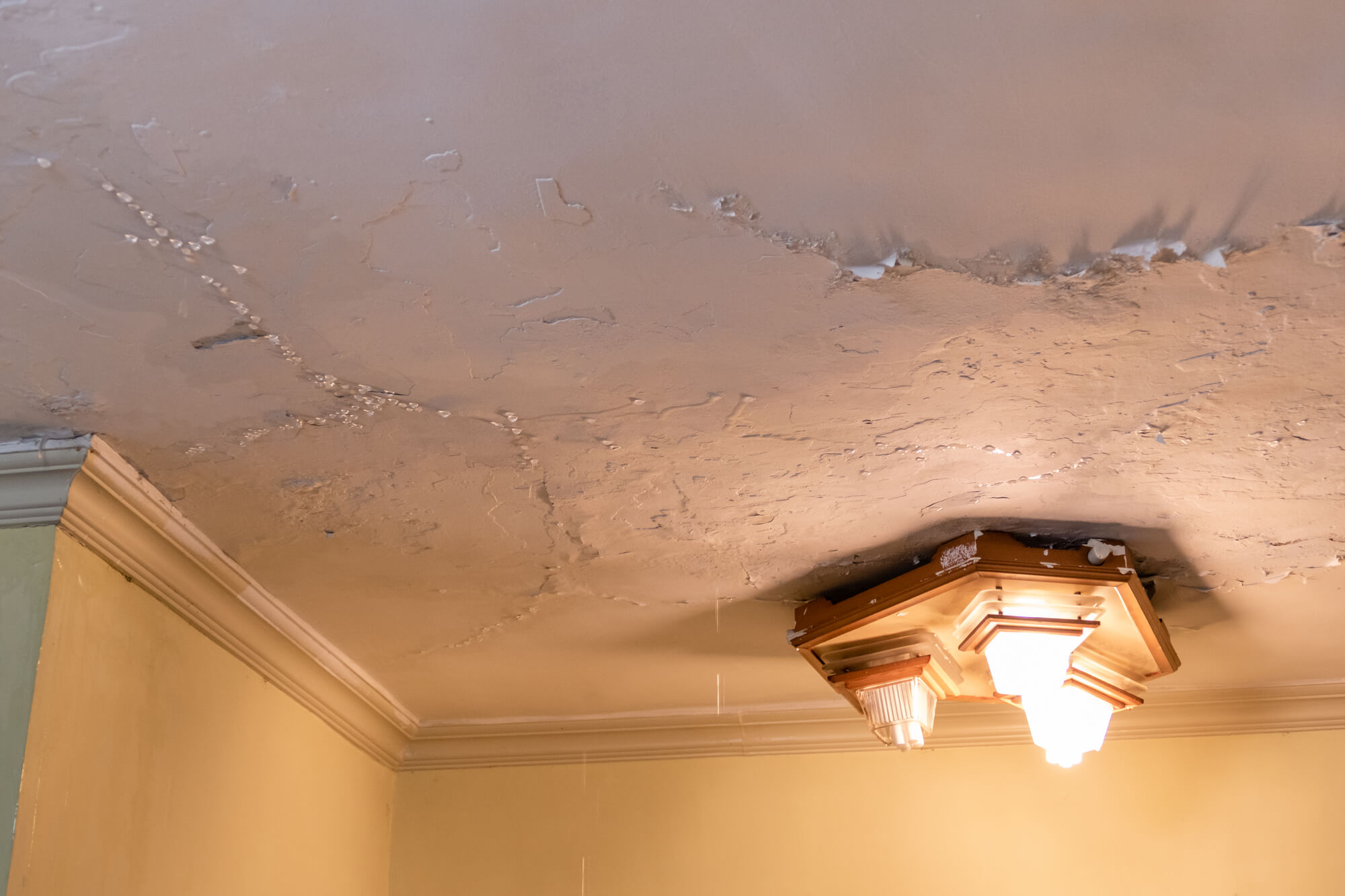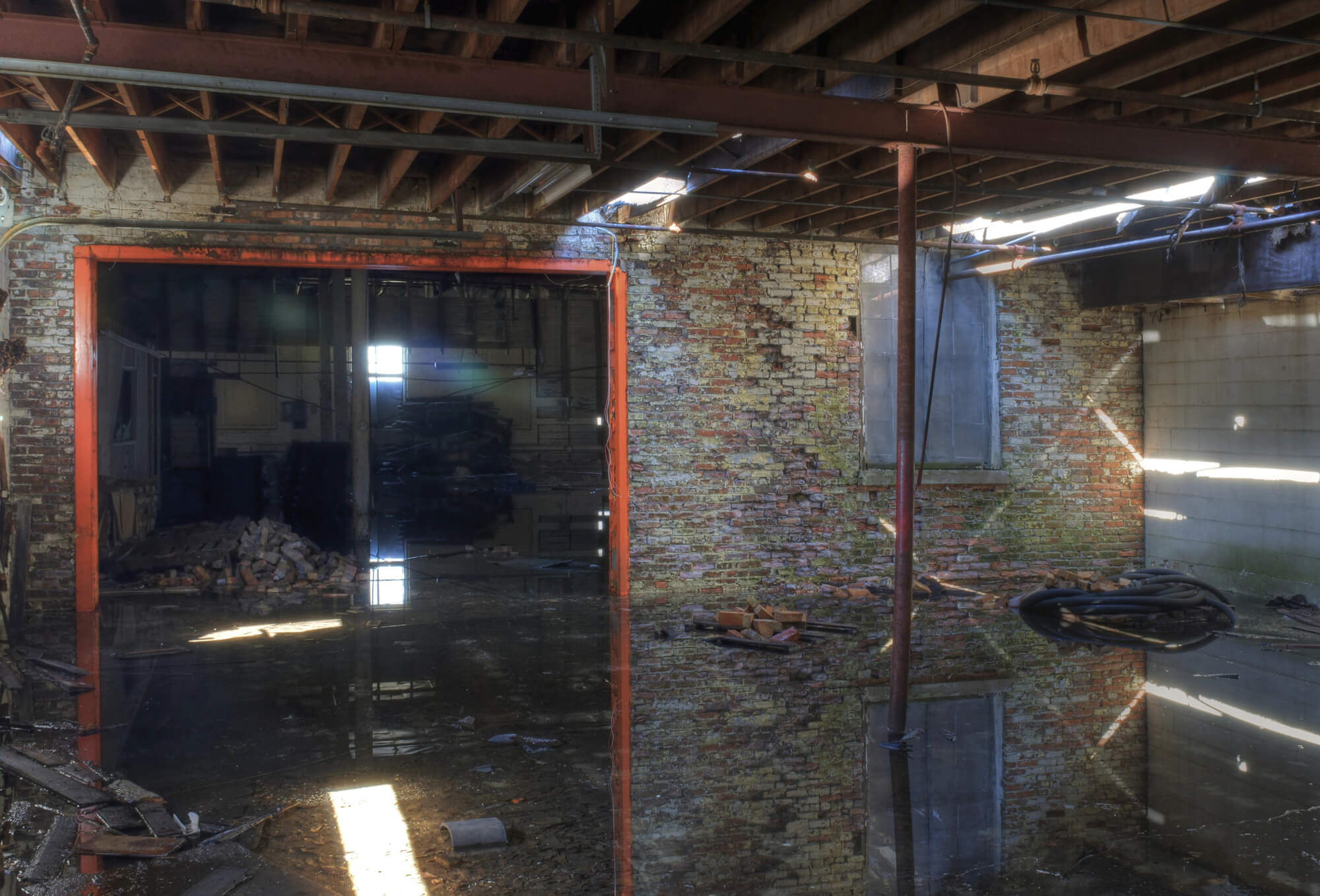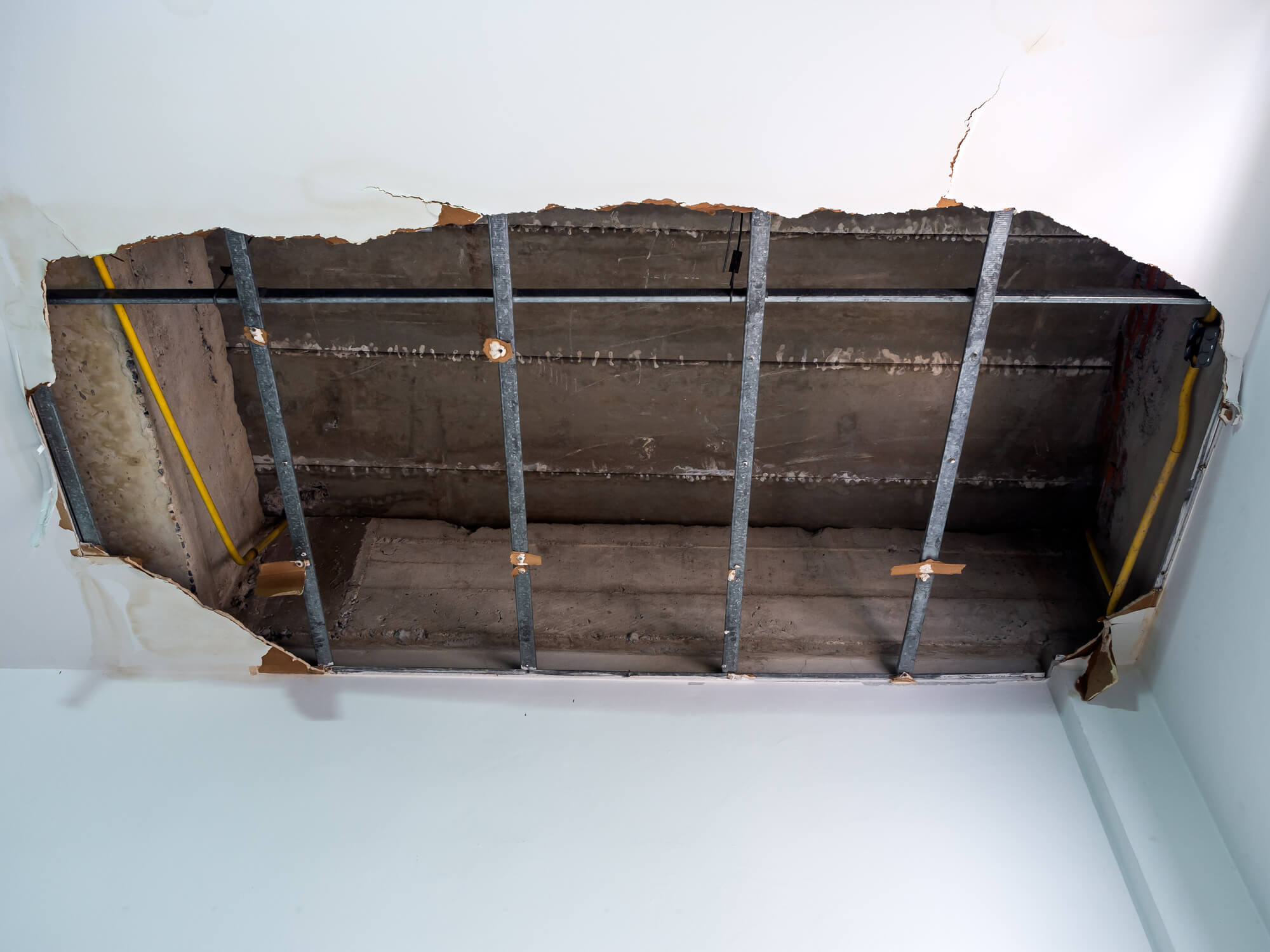June 30, 2024
Beyond Aesthetics: Combining Design and Functionality in Commercial Roofing
Many commercial property owners make the initial mistake of prioritizing aesthetics when
Despite the meticulous preparation many commercial buildings undergo to brace themselves for disasters, the harsh reality remains: water damage often follows in the wake of floods, storms, and other natural calamities.
While structural fortifications such as elevated designs and waterproof materials are vital shields against water intrusion, there comes a time when these defenses are put to the test, and restoration becomes the immediate priority.
In such critical moments, the expertise of professional water damage restoration services becomes invaluable. Companies like BlueTeam offer a lifeline to businesses grappling with the aftermath of water damage. From comprehensive cleanup and repair to meticulous restoration efforts, they specialize in restoring commercial properties to their former glory.
Let's explore how businesses can navigate the challenges of water damage and emerge stronger with the right restoration approach. We will be focusing on post-flood strategies to minimize the consequential issues.

The geographical location of a commercial property significantly influences its exposure to flood risks. Properties situated in low-lying areas, coastal regions, or floodplains are more susceptible to flooding, especially during extreme weather events such as hurricanes or heavy rainfall.
Furthermore, environmental factors such as topography and soil composition influence drainage patterns and water retention capabilities. Properties located in areas with poor drainage or compacted soils may experience heightened flood risks, as water runoff is less effectively absorbed into the ground.
Analyzing historical flood data provides valuable insights into the frequency, severity, and patterns of past flood events in the vicinity of the commercial property.
Local authorities and agencies often maintain databases of flood records, including floodplain maps, flood frequency analyses, and inundation modeling data. Reviewing this information allows commercial property owners to assess the likelihood of future flood occurrences and estimate potential flood depths.
Moreover, conducting a risk assessment involves quantifying the potential consequences of flooding on the commercial property and its occupants. The process includes evaluating the impact on building structures, contents, utilities, and critical infrastructure.
An assessment of the economic, social, and environmental implications of flood events helps prioritize mitigation efforts and allocate resources in an effective way.
Finally, the structural integrity and design characteristics of a commercial building can make it more or less resistant to flood hazards.
Older buildings constructed before modern flood-resistant standards may lack adequate flood protection measures, making them more susceptible to water intrusion. Common vulnerabilities include:
Water damage can wreak havoc on commercial properties, posing significant challenges for business owners and occupants. In the aftermath of a flood or water-related incident, taking prompt and decisive action helps mitigate further damage and facilitate the restoration process.
Therefore, commercial property owners should partner with restoration professionals who specialize in swift and efficient response measures and follow this process:
The priority after floods and water damage occurs is to ensure the safety of occupants and assess the extent of damage to the commercial property:
Once safety concerns have been addressed, the next immediate task is to remove standing water from the commercial property to prevent further damage and mold growth. This process can be accomplished through the following steps:

Once the immediate threat of water damage has been addressed and standing water has been removed, commercial property owners work with restoration professionals to salvage valuable assets and contents within the property:
Once immediate safety concerns have been addressed, standing water has been removed, and salvageable items have been secured, professionals can begin the process of restoring the commercial property and infrastructure:
Enhancing the structural resilience of commercial buildings against flood hazards requires proactive mitigation measures and reinforcement techniques:
Install permanent flood barriers, such as floodwalls or levees, around the perimeter of the commercial property to mitigate the risk of water infiltration during flood events.
Additionally, incorporate flood-resistant materials and construction techniques to strengthen barrier integrity and stop structural damage.
Elevate ground-level entrances, loading docks, and utility access points above potential flood levels to prevent water intrusion into the building.
Implementing raised entry thresholds, flood-resistant doors, and floodproofing measures also ensures the integrity of building envelopes and minimizes interior water damage.
Strengthen building foundations and substructures through reinforcement techniques such as deep foundation systems, pile installations, and soil stabilization methods. Enhancing foundation resilience improves structural stability and mitigates the risk of settlement or structural failure during flood events.
Incorporate flood vents or flood-resistant openings in foundation walls or crawl spaces to equalize hydrostatic pressure and reduce the risk of structural damage due to buoyancy forces. Properly designed and installed flood vents facilitate water drainage and prevent excessive hydrostatic pressure buildup within enclosed spaces.

Are you grappling with the repercussions of water damage or seeking expert restoration services? Don't navigate the challenges alone. Contact BlueTeam for comprehensive restoration, reconstruction, and roofing solutions.
Our experienced professionals are equipped to handle all aspects of the restoration process, from immediate actions after water damage to structural repairs and mold remediation. Call us today at for more information.